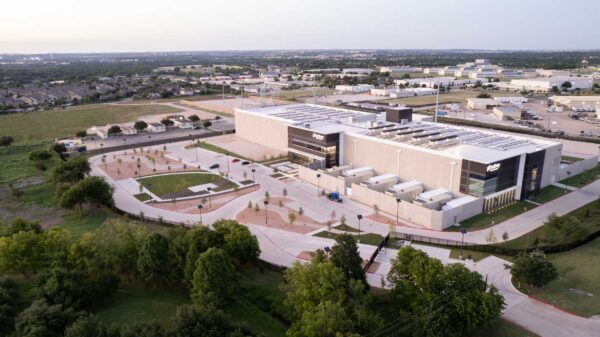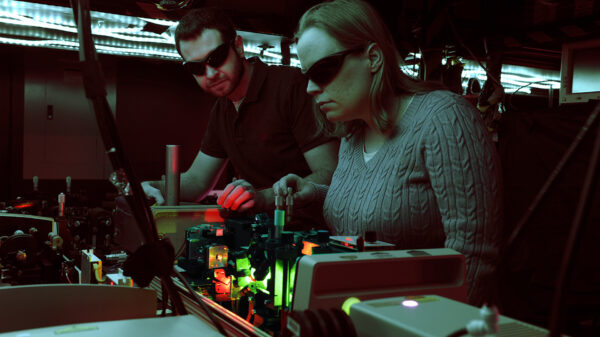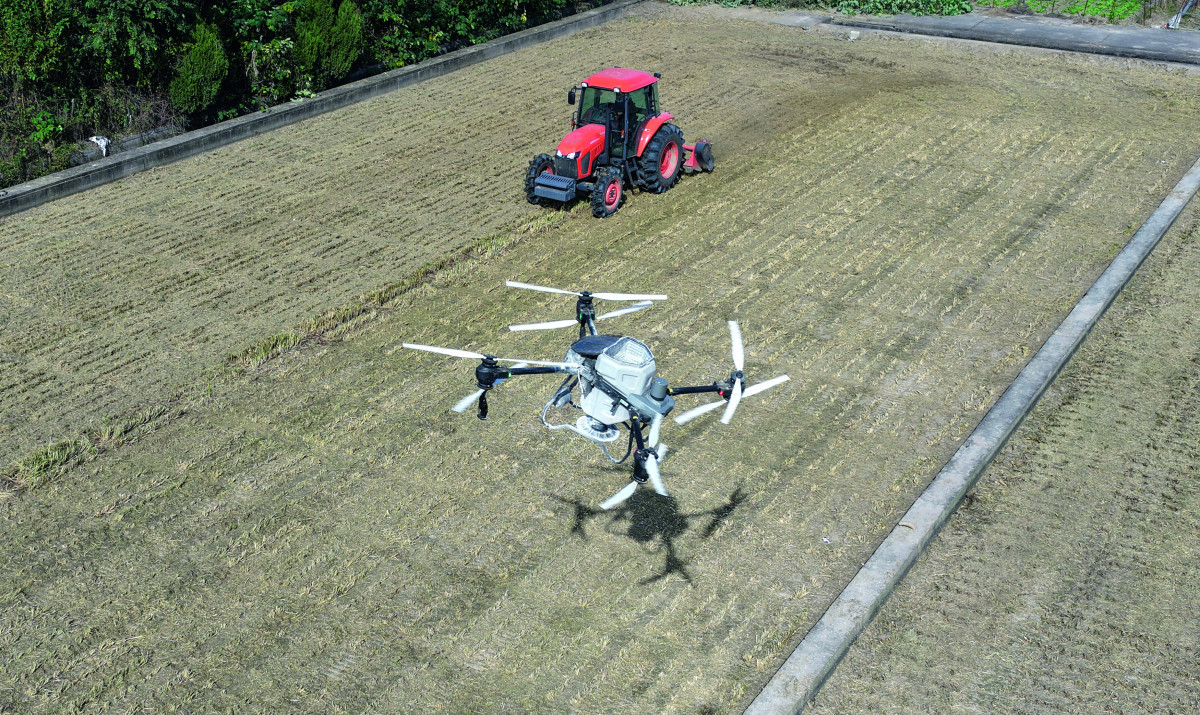The agricultural landscape is undergoing a significant transformation as traditional farming practices give way to innovative technologies powered by artificial intelligence (AI). Today’s farmers are increasingly relying on “smart machines,” including autonomous tractors, drones for crop monitoring, and robotic systems for tasks such as fruit picking and cow milking. While AI’s integration into domestic agriculture is still emerging, experts highlight its vast potential to enhance efficiency and profitability, particularly in light of the projected global population growth to nearly 9.7 billion by 2050. This growth necessitates sustainable nutrition strategies that leverage technological advancements.
According to the United Nations Development Programme (UNDP), a data-driven approach to agricultural management can significantly boost productivity and yield, leading to enhanced profitability. Moreover, these technologies can reduce dependency on resources like water, artificial fertilizers, and pesticides, thereby decreasing the ecological footprint of farming.
Current Applications of AI in Agriculture
AI is making strides in various agricultural sectors. For instance, large-scale farms are employing AI to monitor livestock health, manage milk production, and automate feeding processes. In beekeeping, AI algorithms analyze hive sounds and microclimates to detect issues such as diseases or queen loss. Research institutions and larger agro-companies are also using AI to analyze satellite and drone imagery, predict crop yields, optimize fertilization, and monitor plant health.
Marko Kostić, a professor at the Faculty of Agriculture in Novi Sad, noted that while AI is often integrated into digital platforms and sensor systems, its presence remains largely “invisible” to many farmers. These systems typically assist with automatic farm management and precision agriculture, processing data from a variety of sources including drones and field sensors. He emphasized the immense potential for AI expansion within agriculture, particularly as it can interlink all segments of the agricultural value chain.
See also MidJourney Unveils 10 AI Prompts to Elevate Boys’ Photos to Cinematic 4K Portraits
MidJourney Unveils 10 AI Prompts to Elevate Boys’ Photos to Cinematic 4K PortraitsHowever, the implementation of AI differs between large producers and small farms. Kostić pointed out that larger agricultural systems are more inclined to invest in complex technologies like robotic milkers and smart feeding systems. In contrast, smaller farms often rely on simpler solutions, such as mobile applications that utilize AI for data analysis.
Veljko Jovanović, director of the agriculture sector at the Chamber of Commerce of Serbia, highlighted that small agricultural holdings are lagging in AI adoption compared to their European counterparts due to limited financial resources. He argued that without subsidies for essential equipment, such as tractors—which often date back over 20 years—discussions about AI applications at the farm level are premature.
The Importance of Education and Training
Despite the advantages that AI offers, including improved decision-making, resource efficiency, and reduced environmental impact, Kostić emphasized that AI is not a “magic wand.” The effective use of AI depends on high-quality data inputs and the correct interpretation of results. Challenges in AI adoption include the high initial costs, a shortage of adequately trained personnel, and varying degrees of internet connectivity and data quality. Additionally, skepticism toward technology among some farmers poses a barrier to widespread adoption.
Jovanović pointed out a critical gap in agricultural education, noting the insufficient transfer of knowledge between academic institutions and the agricultural sector. He stressed the importance of connecting domestic companies with scientific institutions to foster a more collaborative environment that encourages the application of new technologies.
Looking ahead, Kostić believes that AI will become an integral part of agriculture over the next decade, often working unnoticed in the background of various applications. Farms are expected to evolve into “smart systems” that autonomously report conditions, allowing farmers to make informed decisions based on reliable data. In sectors such as livestock farming, AI could enhance precision feeding, genetic selection, and animal welfare monitoring. In fruit and vegetable production, AI could facilitate automatic disease recognition and robotic harvesting.
Ultimately, Kostić asserts that the future of agriculture lies not in replacing human labor with machines, but in cultivating a partnership where AI undertakes routine tasks and humans focus on strategic decisions. The successful integration of AI will hinge on the education and adaptability of farmers, as the technology’s potential is only as strong as its human operators.








































































